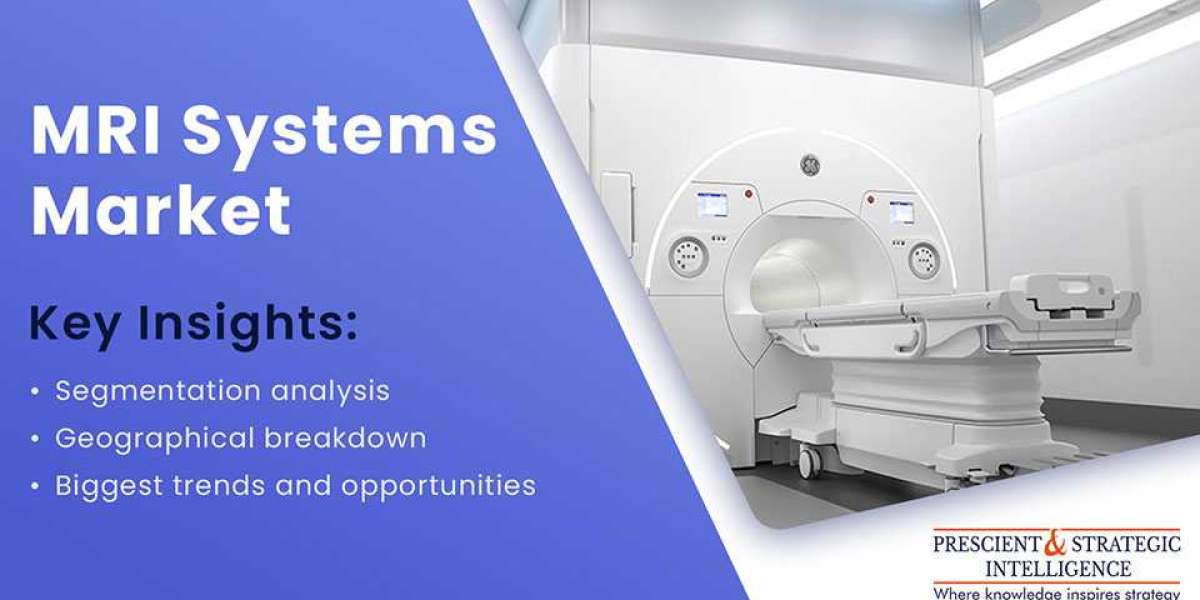The surging geriatric population in several countries is positively impacting the sales of MRI systems across the world. According to the 2017 World Population Ageing report published by the United Nations Department of Economic and Social Affairs (UNDESA), the global population of people in the age bracket- 60 years or above is rising rapidly. As geriatric patient care needs efficient management via cutting edge technologies, the soaring geriatric population is massively boosting the worldwide demand for MRI systems.
MRI also provides excellent characterization of various musculoskeletal diseases and is used for detecting suspected soft tissue invasion. Thus, due to the intensive patient care requirements of the geriatric population, numerous medical facilities and healthcare centers are increasing technologically advanced and innovative radiology systems. This is, in turn, pushing up the sales of MRI systems all over the globe. Furthermore, numerous research and development (RD) activities have caused huge innovations in MRI systems over the last few years.
Many MRI system manufacturing companies are focusing on developing multi-contract MRI scanners. For example, USFDA approval was given to the 7 T MRI system called Magnetom Terra manufactured by Siemens AG in October 2017. This system is recommended for patients having weights over 66 pounds and is used to examine the arms, legs, and the head (extremities) ). This way rapid advancements and innovations in MRI technology are resulting in the development of advanced and highly efficient MRI systems.
Due to the aforementioned factors, the global MRI systems market is predicted to register huge expansion in the coming years. Open and closed MRI are the main types of architecture used in MRI systems. Between these, the demand for open imaging systems will rise rapidly in the future years. Since the geriatric people are usually uncomfortable with long-duration MRI scanning procedures in closed settings, the popularity of open imaging systems will be very high in the future.
Ultra-high-field, low-to-mid-field, very-high-field, and high-field imaging systems are the most used imaging systems around the world. Out of these, the sales of the high-field systems were observed to be the highest all over the world in the past years. This was because of the fact that the high-field imaging systems have faster imaging ability than the low-field strength systems and are mainly used to scan the chest and the abdomen.
Globally, the MRI systems market will exhibit the fastest growth in the Asia-Pacific (APAC) region in the years to come, as per the estimates of PS Intelligence, a market research firm based in India. The main factors propelling the demand for MRI systems are the rising incidence of chronic diseases, the presence of well-developed healthcare facilities and diagnostic centers, and the rapid technological innovations being made in imaging modalities in the region.
Thus, it is quite clear that the demand for MRI will shoot-up across the world diseases in the upcoming years, mainly because of the increasing incidence of chronic and the surging population of geriatric people all over the world.









